Growing Your Own Bottle Gourd: Cultivation Tips and Benefits of Eating This Vegetable

Growing your own bottle gourd is an incredibly rewarding experience. Not only do you get to enjoy the satisfaction of watching your hard work grow and produce a delicious fruit, but you also get to reap the numerous health benefits of eating this unique vegetable. Bottle gourds, also known as lauki, are an ancient fruit, first cultivated in India over 10,000 years ago, and are still popular in many parts of the world today. They can be cooked in a variety of ways, from stews to salads, and they are packed with essential vitamins, minerals, and antioxidants. In this article, we’ll discuss the basics of growing and cultivating your own bottle gourd, as well as the many incredible health benefits it has to offer. So, let’s get started!
What is a bottle gourd?
A bottle gourd is a type of gourd that grows very large, and can be either white or green in color. They can be harvested and eaten when they are either mature or immature (though many choose to wait until they’re fully ripe). You can eat bottle gourds both in their whole form and also in their seeds. These gourds are shaped like a bottle, hence their name. They can also be referred to as lauki, pashní, cuwa, or long marrow gourd. Like many other types of gourds, the bottle gourd has a very long history, dating back to the 13th century BC in Asia. It’s believed that it was first cultivated in India, and has since become widely adapted across the globe. Today, bottle gourds are widely consumed, both for profit and for their amazing health benefits.
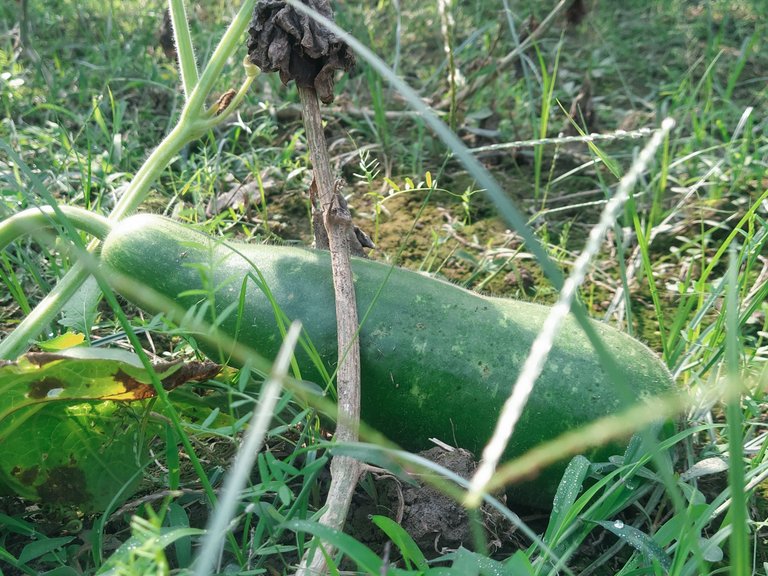
Benefits of eating bottle gourd
A number of studies have shown that eating bottle gourd has a wide variety of health benefits. Here are some of the main ways in which eating bottle gourd can benefit your health:
- Bottle gourds are a great source of fibre, which can help prevent many diseases and disorders, such as heart disease and diabetes. - Bottle gourds contain vitamin C, a nutrient that helps to strengthen your immune system, as well as promoting healthy skin and joints.
- Bottle gourds are rich in carotenoids, which can help prevent certain types of cancers, such as breast and liver cancer.
- Bottle gourds contain antioxidants, which can help prevent oxidative stress and damage to your cells.
- Bottle gourds are rich in potassium, a mineral that helps to lower your blood pressure and reduce the risk of stroke.
- Bottle gourd contains vitamin B6, a vitamin that can help to prevent depression and protect against nerve damage.
- Bottle gourd is also rich in other minerals, such as iron, zinc, and magnesium.
- Bottle gourds are low in calories and a good source of protein.
- Bottle gourds contain tryptophan, an amino acid that can increase serotonin levels in your brain.
- Bottle gourd is very low in fat and cholesterol.
- Bottle gourd is a good source of magnesium, which can help to relax your muscles, improve your sleep, and reduce anxiety.
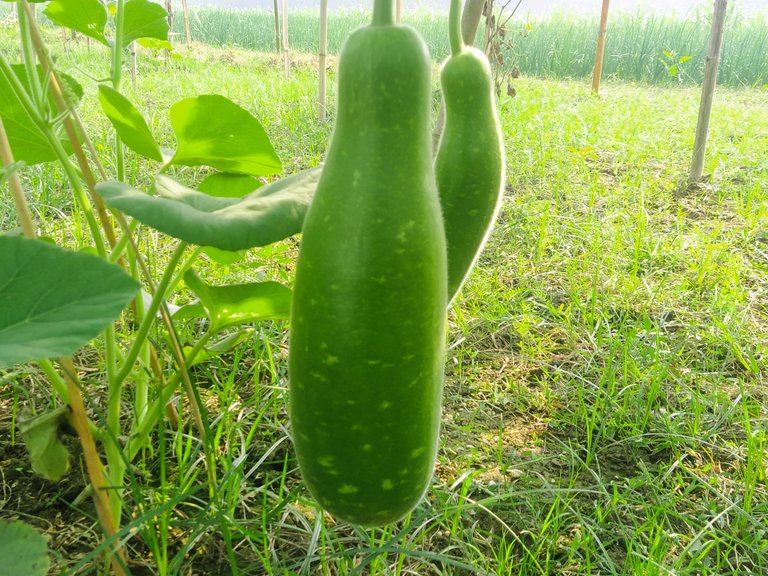
Tips for growing your own bottle gourd
If you’re interested in growing your own bottle gourd, here are some general tips to keep in mind:
- The best time to grow bottle gourds is during the warm season, from spring to fall.
- Bottle gourd is best grown in warm, dry climates, as they have a very low drought tolerance.
- Bottle gourd does best in sandy soil, with a pH of 7.5 - 8.5. If your soil is too alkaline, it can affect the quality of your yields.
- Start growing your bottle gourd plants indoors about 3-4 weeks before transplanting outdoors.
- Bottle gourd plants can be grown in large pots or in the ground.
- When transplanting your bottle gourd plants into the soil, water them well, as they are sensitive to transplant shock.
- Select a location that receives full sun, and avoid growing your bottle gourd plants in areas that are too salty, or where there is excessive runoff.
- Bottle gourd plants need to be grown in warm soil, so make sure to water them well in the spring, as they are sensitive to transplant shock.
- Ensure that your growing area has good airflow, and that your plants are not too crowded.
- Bottle gourd plants are fairly low maintenance and are very disease resistant.
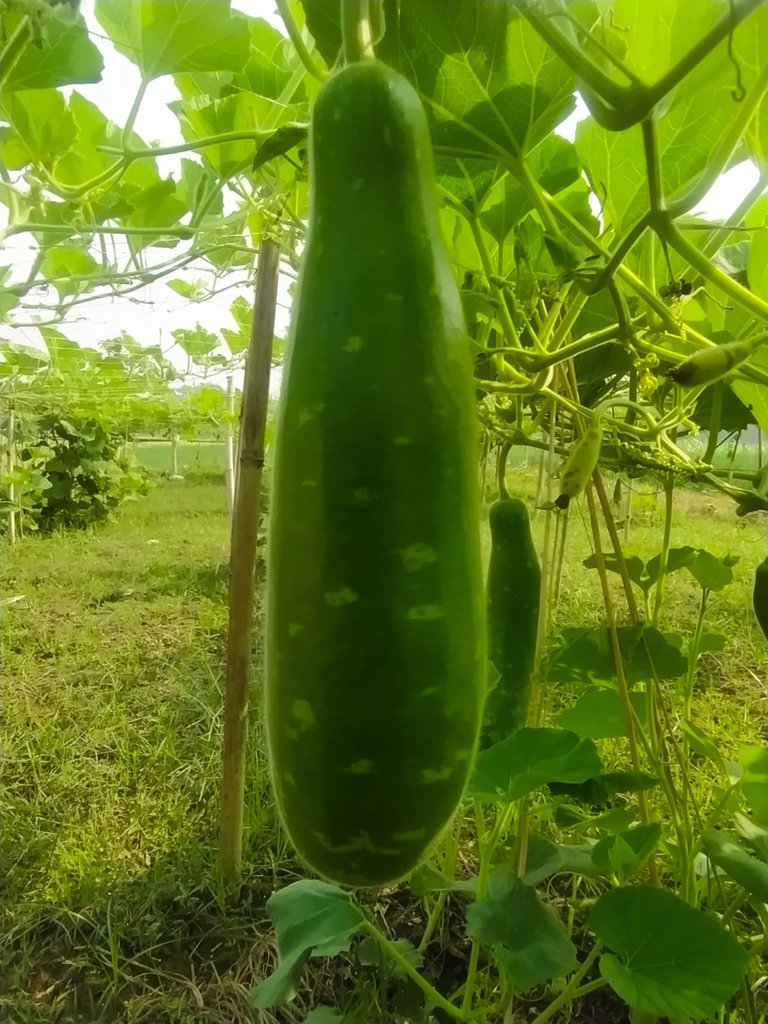
Caring for your bottle gourd plants
Like many other plants, bottle gourd plants need the right care and attention in order to produce large, bountiful yields. Here are some general tips on caring for your bottle gourd plants:
- Select a good location for your bottle gourd plants, as they need a lot of sun.
- Ensure that your growing area has good airflow, and that your plants are not too crowded.
- Keep your bottle gourd plants well-watered.
- Ensure that your growing area is free of pests and diseases.
- Fertilize your bottle gourd plants with a general-purpose fertilizer once every 2-3 weeks.
- Harvest your bottle gourd plants when they are large and fully grown, and their skin has turned from green to yellow. For best results, harvest them before the first frost of the season.
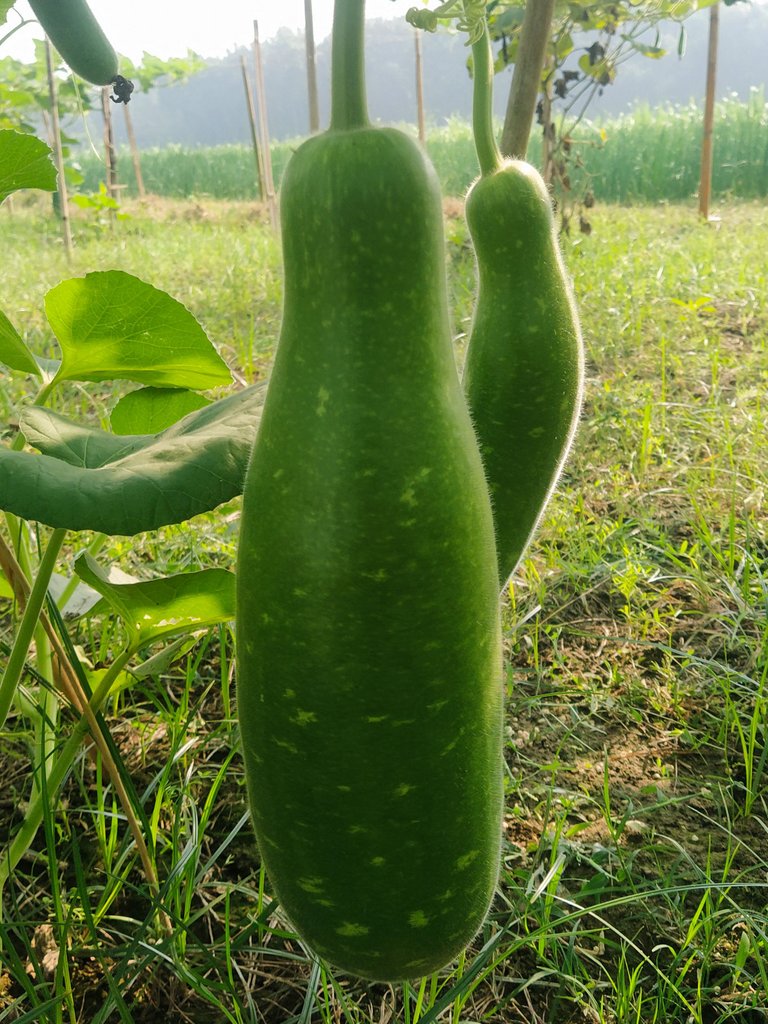
Harvesting and storing bottle gourds
When harvesting your bottle gourds, make sure to do so before the first frost of the season, as they are very sensitive to cold temperatures. Make sure to leave enough time for the gourds to fully ripen and attain the yellow color of a ripe gourd. Once you’ve harvested your bottle gourds, you can store them in a cool, dry place for up to 2 weeks. You can freeze them for up to 9 months, or can them for up to 1 year. You can also try pickling your gourds, which can be a delicious and creative way to preserve them.
Cooking with bottle gourds
Bottle gourds make a delicious and nutritious addition to any meal. Here are some of the main ways in which you can incorporate bottle gourds into your diet:
- Bottle gourds can be eaten in their whole form, as well as in their seeds.
- The young leaves of the bottle gourd can be eaten fresh as a green, either raw or cooked.
- The flowers of the bottle gourd can be eaten as a vegetable, either raw or cooked.
- The immature fruits of the bottle gourd are eaten as a vegetable, either raw or cooked.
- The mature fruits of the bottle gourd can be eaten as a vegetable, either raw or cooked.
- The skin of the bottle gourd can be eaten, but it is usually removed before cooking.
- The seeds of the bottle gourd can be eaten either raw or roasted. - The roots of the bottle gourd can be eaten either raw or cooked.
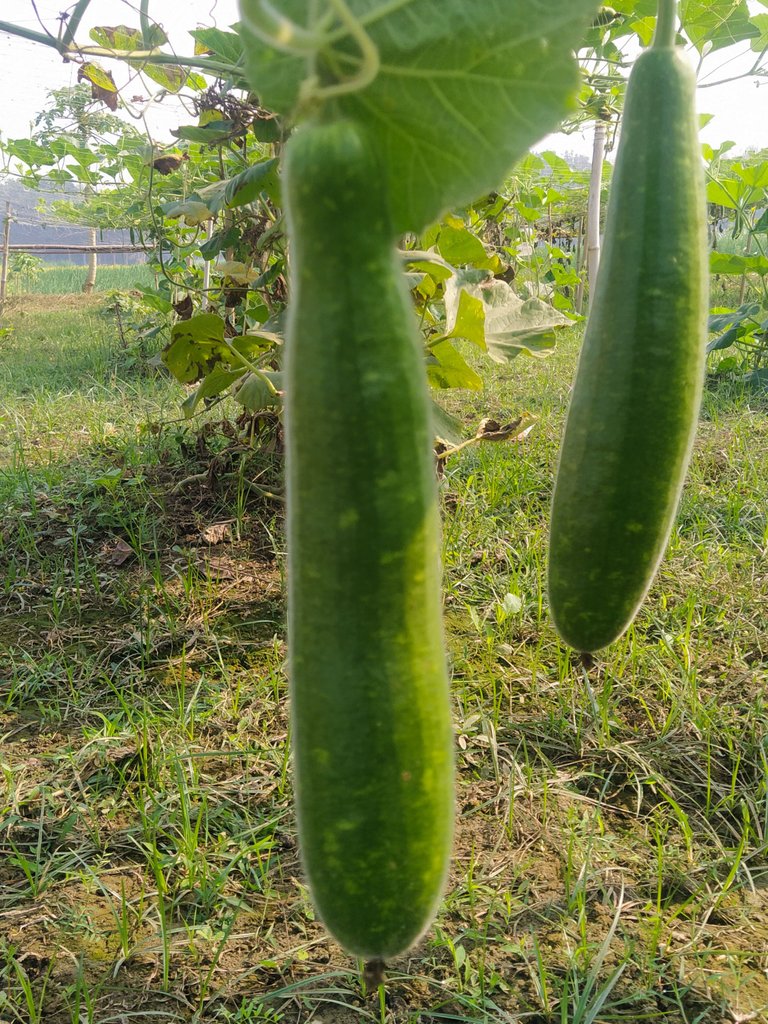
Variety of recipes featuring bottle gourd:
Bottle gourd can be used in a variety of different recipes, from curries and stews to salads. Here are some of the main ways in which you can incorporate bottle gourd in your diet: - Add some spice to your Indian curries with a bit of bottle gourd. - Try making a delicious Indian-inspired stuffed bottle gourd. - Incorporate bottle gourd into your Thai curries. - Enjoy a hearty and simple South Indian curry made with bottle gourd. - Bring a bit of the Caribbean to your dinner table with a bottle gourd-inspired curry. - Add some greens to your dinner table with a simple and refreshing bottle gourd salad. - Try making a delicious and nutritious Indian-inspired bottle gourd soup.
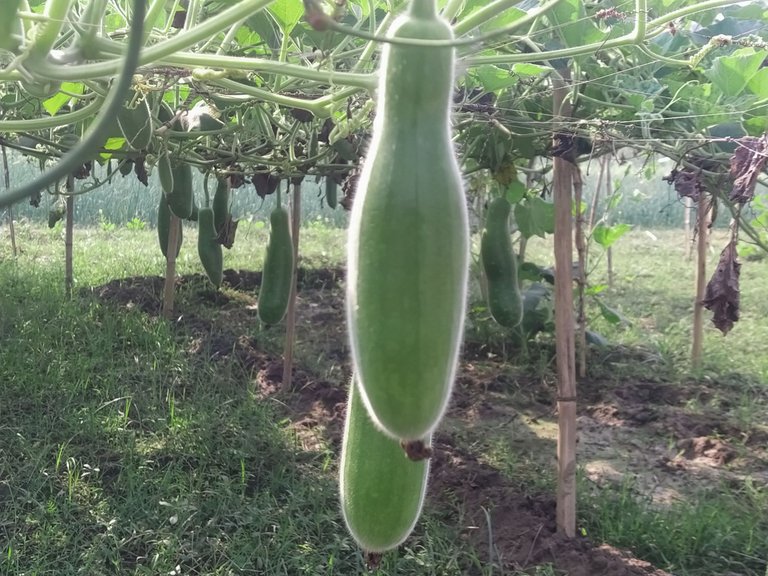
Nutritional value of bottle gourds:
The nutritional value of bottle gourds is relatively low, but they are rich in vitamins and minerals, such as vitamin C, potassium, and magnesium. One serving of bottle gourd, which is equivalent to half a cup, has about 5 calories, 0.3 grams of protein, 0.8 grams of fat, 6.5 grams of carbs, 0.1 grams of fibre, and 0.3 grams of sugar.
Reference:
https://en.m.wikipedia.org/wiki/Calabash
https://www.britannica.com/plant/bottle-gourd
https://www.tarladalal.com/glossary-bottle-gourd-lauki-doodhi-ghiya-252i
https://www.tarladalal.com/article-benefits-of-bottle-gourd,-doodhi,-lauki-320
It will be a wonderful feeling and experience one day to get this bottle gourd eaten. I guess it is not that common in Africa right?
It is so healthy vegetable in Asia